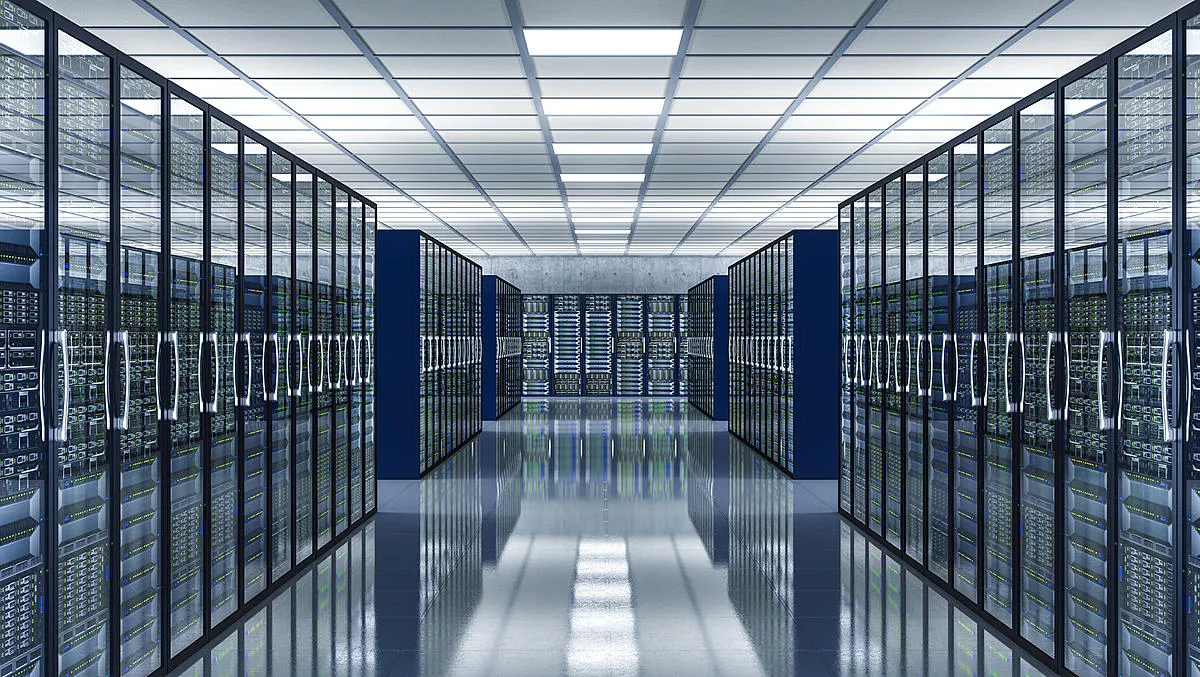
An old Norwegian mine cooled by fjords; a former Finnish Second World War air-raid shelter; a Swedish nuclear bunker.
This isn't a list of creepy abandoned sites for Scandinavian ghost hunting enthusiasts – they're the novel new locations for the next generation of data centers.
Because as the world's data demands go up, new ways to store that data are becoming necessary.
Just last year, the world watched about 165 million hours of Netflix a day. We sent 204 million emails in a single minute. In the United States, there was a 45.2% penetration rate for digital video streaming.
And according to Learning Hub, the global video streaming market alone is estimated to be worth USD$124.57 billion by 2025.
Almost everything we do online generates some kind of data, and data has to be stored somewhere. With the global demand for data skyrocketing, data centers are becoming much sought after, and under strain.
There are considerable challenges associated with creating new data centers: they take up a lot of physical space, they need to be near the end-user to reduce latency, they need extraordinary power capacity for operation and cooling.
It's no wonder that data center leaders across the world are getting creative.
DE-CIX, an internet exchange operator, recently compiled a list of data centers located in places that most people would never imagine.
Mines full of serversData center cooling is one of the most significant processes in a facility, and requires a gargantuan amount of power.
As the world grapples with a rapidly changing climate, this problem has created much debate about the energy efficiency of these buildings, which need to be running 24 hours a day, 365 days a year.
Enter Norway and its famous fjords. The Nordic country recently installed a data center inside an old mine.
The Lefdal Mine Data Center is not the first example of a reconverted mine, but it might be the most innovative. It also may the world's most efficient data center.
100% of the energy it uses comes from renewable sources, and its 120,000 square meter complex is cooled by water from nearby fjords.
Mine data centers are not confined to Scandinavia. Several exist in the US, including the Bluebird Underground Data Center in Springfield, Missouri.
The data center is 85 feet below ground and surrounded by solid limestone, leveraging natural resources for cooling and protection. Another mine-based data center is Iron Mountain's facility in Pennsylvania.
First a church, then a raid shelter, then a data centerThe Uspenski Cathedral in Helsinki, Finland has a history of being deceptive from first glance – it doubled as a World War II air raid shelter, and now it's a data center.
Located under the church, the temperature is already cool enough for the center's servers, and the heat they emit is absorbed and distributed to the heating system in the area, which provides enough energy for 500 nearby homes.
A data bunkerThe underground theme is popular among novel data center locations, and the converted nuclear bunker in Sweden is no different.
Initially created during the Cold War, the Bahnhof Pionen facility is located 30 meters underground and is guarded by a 40cm-thick steel door.
To make it more pleasant for the staff that works underground all day, the center has vertical gardens, waterfalls, and a 2,600-liter fish tank.
Facebook's Arctic campusThe social network is one of the largest technology companies on the planet, and as such, it has to manage massive amounts of data.
To address the issue of cooling, Facebook set up a data center in the Swedish city of Lulea, in the Arctic Circle.
The system takes advantage of the low temperatures of the outside air to cool the interior and thus relies less on additional generators.
Submarine serversThe theme of developing data centers in locations with built-in cooling is setting in as facilities look for greater efficiency.
Microsoft is currently developing a pilot project for an underwater data center off the coast of Scotland.
These centers are the size of a shipping container — about 12 meters long — and are prefabricated and thus easy to install.
Outer space: data's next frontierIn 2016, NASA created the New Solar System Internet by establishing operational Delay/Disruption Tolerant Networking (DTN) service on the International Space Station (ISS), in order to communicate with its Voyager and Mars rovers.
In essence, by enabling DTN on the ISS, the ISS is also the first space-based data center, able to transmit and receive data between operations centers and their payloads aboard the station.
DE-CIX North America vice president and general manager Ed d'Agostino says the primary goal of these novel data centers is to ensure operational efficiency and maintain high-quality connections.
“While they are all very interesting and tell great stories, we have to always keep in mind proximity to users who demand low-latency connectivity for a better experience,” says d'Agostino.
